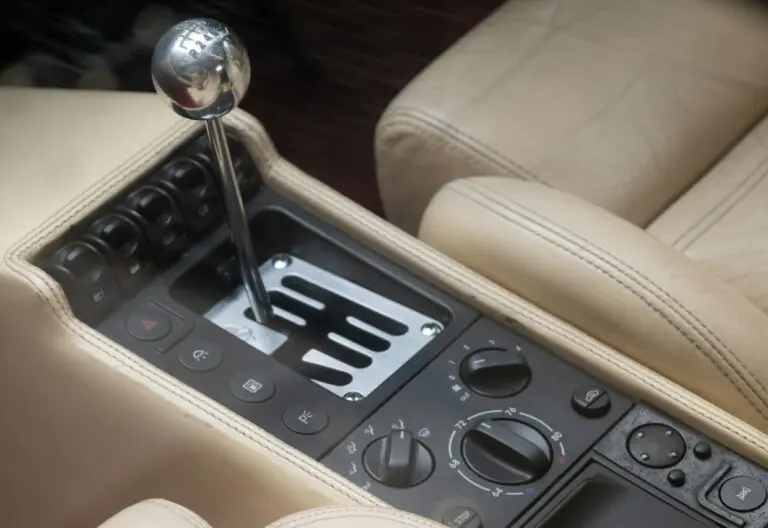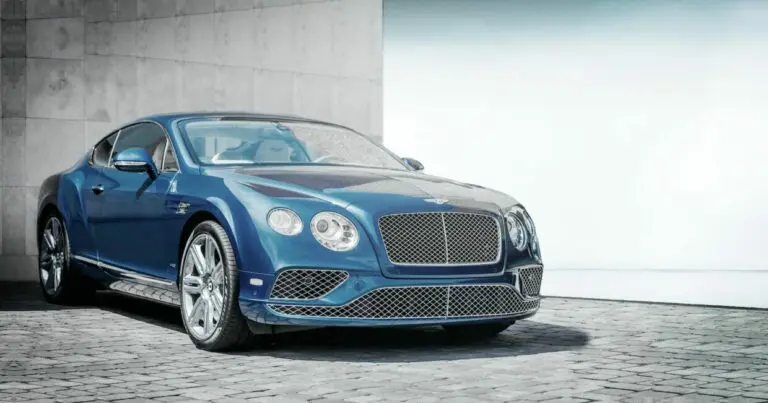When it comes to sports cars, most people envision a sleek, low-to-the-ground machine with room for only two passengers. However, there is a growing trend in the automotive industry for sports cars to offer a 2+2 seating configuration. But what exactly does this mean, and why would someone want to consider it? In this blog post, we’ll explore the concept of 2+2 seating in sports cars and look at some of the benefits and disadvantages of this layout. We will also discuss the other better option if available.
A 2+2 seating configuration, as the name suggests, refers to a car with two seats in the front and two seats in the back. While these back seats are typically smaller and less comfortable than the front seats, they do offer the ability to carry additional passengers. This can be especially appealing for families or those who often carpool.
One of the biggest benefits of a 2+2 seating configuration in a sports car is that it allows for increased practicality without sacrificing performance. With the addition of the back seats, a sports car becomes more versatile, allowing it to be used for more than just weekend joyrides or solo trips to the track. This can be especially important for those who have a family or need to transport multiple people on a regular basis.
Another advantage of 2+2 seating in sports cars is that it allows for increased storage space. With the back seats folded down, a sports car with 2+2 seating can often provide more cargo space than a traditional two-seater. This can be especially useful for those who frequently travel with luggage or need to transport larger items.
On the other hand, one of the biggest disadvantages of 2+2 seating in sports cars is that the back seats are often cramped and uncomfortable, making them suitable for shorter trips or for children only. This limits the cars’ practicality for long-distance trips or for adult passengers. Additionally, 2+2 seating in a sports car can also impact the car’s overall performance. The extra weight of the back seats and the need for additional structural support can add weight to the car, which can negatively affect handling, braking, and acceleration.
An alternative option for those looking for a sports car with more passenger space is the “Grand Tourer”, also known as “GT” class of cars. These models are focused on long-distance comfort and versatility, and they often feature more spacious interiors and additional amenities than traditional sports cars. GT cars often have 4 seats, more luggage room and more comfort features. Examples of GT cars are Porsche Panamera, Mercedes-Benz S-Class, Aston Martin Rapide and the Ferrari GTC4 Lusso.
In conclusion, 2+2 seating in sports cars can be a great option for those who want the performance and style of a sports car with the added practicality of being able to transport extra passengers. However, the small and uncomfortable back seats is a trade-off to consider, as well as the potential impact on the car’s overall performance. As an alternative, consider GT class of cars that offer more comfort, space, and amenities over traditional sports cars. It all depends on your specific needs and priorities.



















